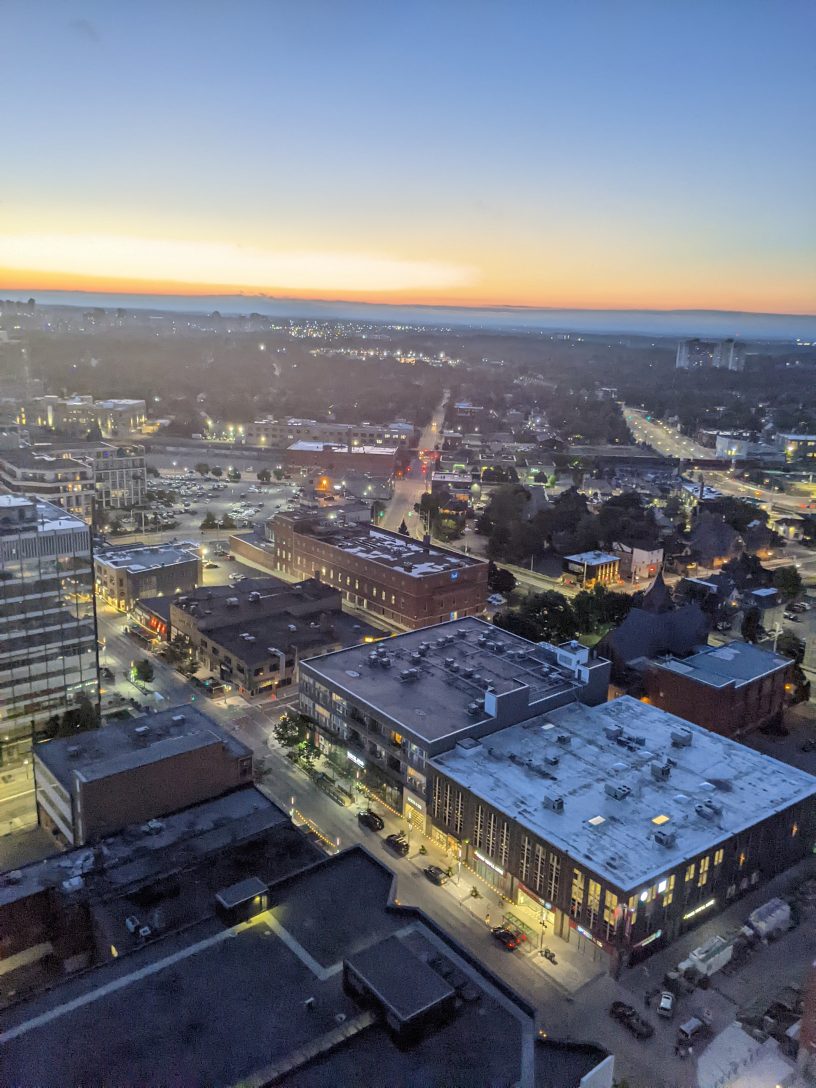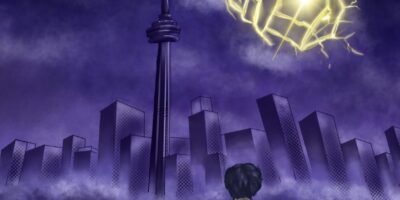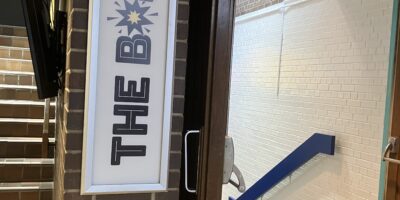The start of university often requires many first-year students to move to a new city. If you’re reading this, I’m assuming that city is Waterloo, and I’d like to take a moment to welcome you here. As a local student (and, it should be noted, proud Kitchener native), although I didn’t have to start university while adjusting to a new city, I have heard many interesting comments about the K-W area from classmates of mine and other students I’ve met over the past year. Some of those comments have inspired this article. I don’t mean any of this in a rude way at all, I just feel the need to clarify some common misconceptions and tell you about some things you probably didn’t know about the area.
First, I feel the need to clear up the geography: Kitchener and Waterloo are not the same place. Yes, they are geographically right near each other and are often referred to as the same place, but as someone from Kitchener, I’m telling you that they are not. I think part of this confusion comes from the fact that Kitchener, Waterloo, Cambridge, and surrounding townships are all part of the Region of Waterloo, but this is different from the City of Waterloo. Speaking of Cambridge, this is also a different place from both Kitchener and Waterloo, one you may know for being home to UW’s School of Architecture.
While we’re on the topic of the surrounding area, here’s a bonus fun fact for any of you who live at UWP. Three of the courts are named after three of the townships in the Region of Waterloo: Wilmot, Wellesley, and Woolwich.
The only other thing to clear up in terms of K-W geography is Uptown and Downtown. Yes, there is a difference. For one thing, Uptown is in Waterloo and Downtown is in Kitchener, which I have already established are different places. Here’s an easy way to remember the difference: Waterloo is north of Kitchener, so Uptown Waterloo is north of Downtown Kitchener. Basically, saying that you’re going to “Downtown Waterloo” would be incorrect, as such a place does not exist.
Next, let’s talk about the most common animal you’ll be seeing around Waterloo, the geese. Many first-years tend to be surprised when they first see geese on campus, however, this surprise will likely wear off in the first month due to the sheer amount of geese in the Region of Waterloo (yes, the geese are not unique to campus). After that, they become annoying pests that often refuse to move out of your way, although they generally won’t be of any harm. However, those of you that will be on campus for winter term will get to experience the geese during mating season, where they can get mildly aggressive. In terms of dealing with the geese, I honestly don’t have much advice, but they’re nothing to be afraid of.
One thing I can suggest when it comes to the geese is to be mindful of where you step when you’re walking outside. Avoiding minefields of geese poop will eventually become second nature to you.
Now, a common question I’ve been asked by students who come to Waterloo from other places is along the lines of, “What is there to do here, anyway?” or, “What’s somewhere cool in Waterloo that’s worth checking out?” These are questions I’ve always had trouble answering, but I promise, there are things to do here.
A common suggestion to many people who are in Waterloo for the first time is to visit the St. Jacob’s Market, which is in the small town of the same name north of Waterloo. It’s the largest year-round farmer’s market in the world, and probably the most interesting (and one of the only) tourist attractions in the area. You might even see a horse or two on your travels. There’s also a farmer’s market in Downtown Kitchener that you can get to directly on the ION if you don’t feel like venturing out into the country.
For those of you that like spending time outside – I know there are times as university students where we don’t see the sun often, but please go outside once in a while – Waterloo Park is very close to campus. Despite the fact you won’t be on campus anymore, this is another area that the geese tend to frequent. If you’re here in the winter, you can go check out their Christmas light show. If you’re here in the spring, you can go check out the animals they have at their small petting zoo. If you want to walk through more than just the park, you can check out the Iron Horse Trail, which runs through a large part of both Kitchener and Waterloo covering approximately 5 kilometers.
If you don’t like spending time outside, the ION can get you to the few places in K-W that you might care about. It runs between the mall in Waterloo (Conestoga) and the mall in Kitchener (Fairway).
Now, there’s one last thing I didn’t mention, but did allude to in the title of this article. I have heard a large number of people on campus affectionately refer to Waterloo as “Loo,” despite that no one who is actually from here would ever call it that. I know I can’t stop it from happening, but just know that you’re saying the British slang word for toilet.
I hope this cleared up some things for you and didn’t sound like an angry, “get off of my lawn” local’s rant. I really am glad that so many new students want to further their education here. So welcome to Waterloo! The geese and I hope you enjoy your time here.





Leave a Reply